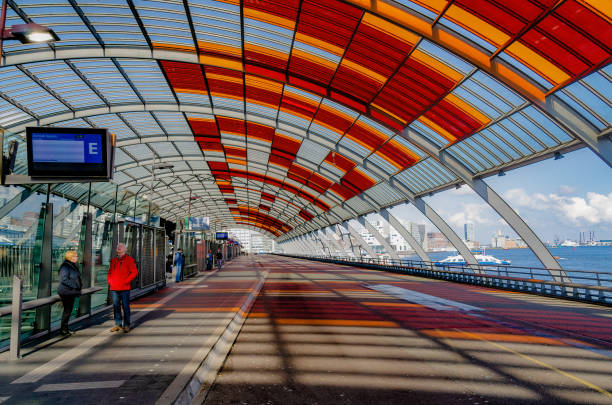
Helios Exchange: a tool to get the most out of your energy retrofit!
France’s draft decree obliging tertiary buildings to reduce their energy consumption by 25% by 2020 has been rejected by the State Council. Pending the final text’s publication, we already know that it will set energy savings targets using 2010 as the base line: 40% by 2030, 50% by 2040 and 60% by 2050.
It will be crucial to have access to efficient energy simulation tools to meet these targets. That is precisely what HELiOS EXCHANGE provides.
Adrien Voegtlin, in charge of HELiOS EXCHANGE studies at Building Solutions, has agreed to give us more detail.
How did the HELiOS EXCHANGE partnership come about?
The opportunity arose at Simi 2018. Mr Trevert, the founder of HELiOS EXCHANGE, presented his concept to us. We were looking for a tool to estimate the consumption profile of buildings for solar power. We soon realised that HELiOS could provide the solution we were seeking. We started with a three-month POC during which we tested 20 buildings. The POC results were conclusive. So, we extended the trial for a year.
Could you tell us a little more about this tool?
The core of HELiOS EXCHANGE is a dynamic thermal simulation (DTS) tool. A standard DTS requires a large amount of data to be fed into the system. A long and laborious process.
HELiOS EXCHANGE, on the other hand, uses statistical databases for its infeed data (based on the country, region and year of construction) or dropdown menus. The building can be configured in the system in just a few clicks rather than the several days it takes for a standard DTS.
Another of the system’s specific features is that once the building has been described, the model can be “adjusted” so that the results are as close as possible to the actual consumption readings. This is called a calibration. The key infeed data is varied within the tolerance ranges to improve how well the system correlates with the actual consumption.
And all this takes place on a fully digital website.
In the space of a few hours, we are able to produce a simplified model that details the energy costs of our building by consumption type (lighting, heating, water, etc.).
Once our model has been created, we can test the energy efficiency action plans – drawn from a library suggested by the tool – and analyse their impact on our building’s future consumption.
Post-works, we are able to conduct a performance measurement and verification campaign (according to the IPMVP*) of the retrofit made. Our results can therefore potentially meet the requirements of an Energy Performance Contract (French CPE).
Financially, HELiOS is invoiced according to the number of buildings tested, the surface area and degree of calibration precision. On average, it costs around €1500 for a 20,000 m² building.
What is its level of precision?
We could work at a high level of detail rather than using reference statistical figures: the type of boiler, lighting lumens, insulation thickness and hours occupants are present. Our level of precision would be close to that of a standard DTS tool.
By using statistical reference figures to describe the building, plus calibration based on actual consumption figures, we have observed a correlation of around ±5% for offices. Given the far lesser effort involved, this is a remarkable result. The results for other families of buildings are also very promising.
Is any specific technical knowledge needed to use HELiOS ?
Far less than with a standard DTS. The website has been designed to be simple and intuitive. Brief training is all that is required to use the tool and begin simulations.
Where to from here?
We are promoting HELiOS internally, in particular at the “Innovation Day Building Solutions”. HELiOS is one of the start-ups invited on the VINCI Energies stand at Viva Technology 2019.
We will be presenting HELiOS to the Tertiary Steering Committee with a view to building a longer-term partnership.
Also, I am currently writing a user manual for our companies.
For additional information, please contact adrien.voegtlin@vinci-energies.com or houda.matta@vinci-energies.com.
* IPMVP (International Performance Measurement and Verification Protocol) is a method used to measure energy and water savings in the building sector. It takes into account all the explanatory variables affecting a building’s energy consumption to produce a definitive result. Developed at the international level, the IPMVP protocol is recognised in France by ADEME (French Environment and Energy Management Agency).
Did you like the article ?



